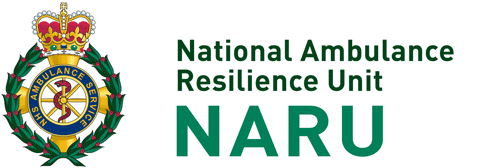To mark the launch of their #Winterwise campaign this week, the Hazardous Area Response Team at South Central Ambulance Service NHS Foundation Trust (SCAS HART) is encouraging all households to check if their homes are ready for winter.
SCAS HART is trained to treat patients in all emergency scenarios including people who become injured at home in chemical and fire-related incidents.
Many people do not realise that homes can carry health risks. These include defective boilers, gas, electric and open fires, barbeques and chemicals which can contribute to accidents and unexpected incidents that leave people injured, or in the worst case, dead.
Carbon monoxide poisoning
Carbon monoxide is a poisonous gas that has no smell or taste. Breathing it in can make you unwell and it can kill. Carbon monoxide can be emitted from faulty boilers or from blocked chimneys.
Recognising the signs and symptoms of carbon monoxide poisoning could save you and your family’s life. The most commons symptoms of low-level carbon monoxide exposure are:
· headache
· nausea (feeling sick) and vomiting
· dizziness
· tiredness and confusion
· stomach pain
· shortness of breath and difficulty breathing
Long-term exposure to low levels of carbon monoxide can also lead to symptoms, including:
· Difficulty thinking or concentrating
· Frequent emotional changes, for example, becoming easily irritated, depressed or making impulsive decisions
If you have breathed in high levels of carbon monoxide gas, you can experience more severe symptoms. These may include:
· impaired mental state and personality changes (intoxication)
· vertigo – the feeling that you or the environment around you is spinning
· ataxia – loss of physical co-ordination, caused by underlying damage to the brain and nervous system
· loss of consciousness – in cases where there are very high levels of carbon monoxide, death may occur within minutes
Open fires
Many households will have open fires lit at this time of year, but it is sensible to take a few precautions to ensure that you do not get burned or injured when near naked flames or sparks.
Using a fire guard can help minimise the risk of burns or injury, especially if you and others are gathered in close proximity in a room.
Never be tempted to leave a lit fire unattended and always watch babies and young children so that they don’t venture near the flames.
Chimneys
If you have a working chimney at your property and with winter around the corner, it’s sensible to ensure that there is sufficient airflow between your fire and chimney to maintain a healthy amount of oxygen in your home. Don’t assume there is enough airflow, check through a professional company that there is.
David Findlay, HART Manager said;
“This time of year we see an increase in patients suffering from carbon monoxide poisoning due to un-serviced heaters or faulty boilers that are switched on for the first time due to the cold. Please ensure your heaters and boilers are ready for the cold weather so that you and your family don’t become a casualty this winter”.
Should you or someone you know become injured, please seek the most appropriate medical help available to you. This could be your GP, your pharmacy or NHS111. For all life-threatening emergencies call 999 immediately.
